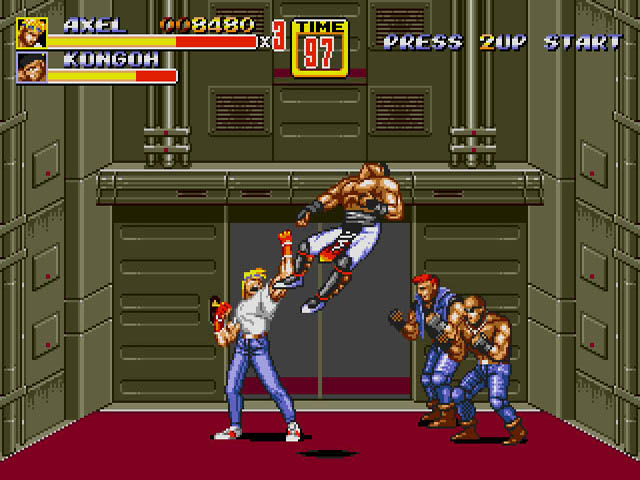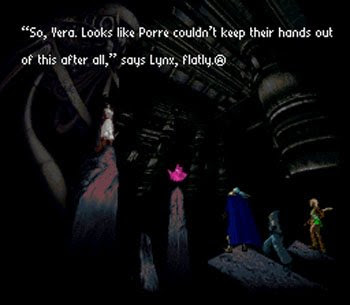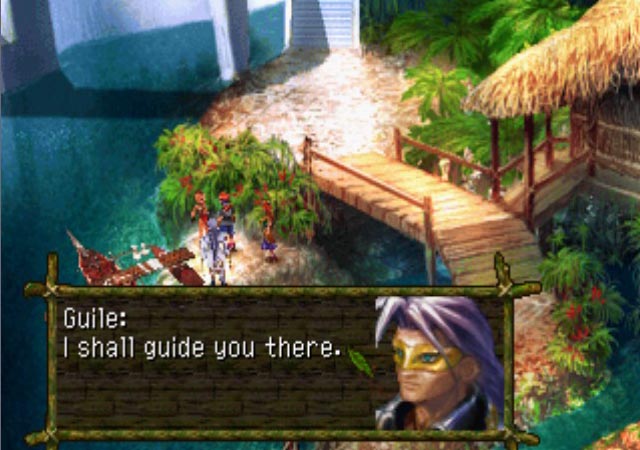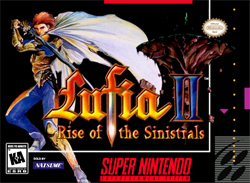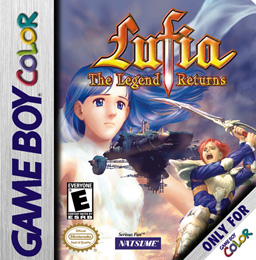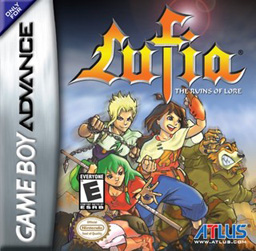gruso
thunderbox

Platforms: Sega Mega Drive/Genesis, Atari ST, Commodore Amiga, Sega Master System, Game Boy, Game Gear, 3DO, Sega Mega-CD, Sega Saturn, PlayStation, PC, Nintendo 64, Game Boy Advance
So many platforms! Some of them with up to three releases. Thankfully this is a game without a story, so we don't need to concern ourselves with every entry in the series. Truth be told, most are fairly vanilla ports or otherwise pointless outings, so I'll focus on the few that matter. It began on the Megadrive...


Road Rash I & II
Platform: Mega Drive/Genesis
Road Rash I was the legendary title that brought motorcycles and combat together on the Megadrive. It was also the first racer (or one of the first) to include vertical motion - rises and dips in the road, airtime, and flying crashes. I recommend that you jump straight into Road Rash II though. There's nothing wrong with RR I, no sir, but if you're getting into the series for the first time, it's just not necessary to play all three Megadrive versions. The gameplay doesn't change. RR II is the polised RR I, and it's all about that Rob Hubbard soundtrack. So jump straight into II.


Road Rash III
Platform: Mega Drive/Genesis
RR III maintained the same gameplay, while adding some new elements into the mix. Bike upgrades were added, for minor performance tweaks between bike purchases. The design moved from regular pixel art to digitised graphics, and the music followed a similar path, going from clean, punchy MIDI in RR II to scratchy, distorted 16bit guitars in RR III. Despite the upgrade options and nice new levels, I always pick up RR II for a quick play instead, for the cleaner art and better tunes.


Road Rash 3D
Platform: PSX
The obligatory 32bit upgrade, cause for much merriment when it landed. The problem was, it wasn't that much of an upgrade. The graphics were there, the full motion video and actual rock soundtrack were there, but the gameplay was no different. The 16bit entries tended to get a little sparse now and then, seeing you out on the road alone with too few people too fight with. You would forgive that on the Megadrive, but things seemed to get sparser in RR 3D, to the point where it often felt more like a regular racing game than a combat one.
Road Rash Jailbreak can probably be mentioned under this heading too. More of the same, with a thin story added. (Let me tell you something EA. I don't need a backstory to club people. I am armed and ready now.) Jailbreak went to both PSX and GBA, the latter being one of the poorer entries in the franchise.



Road Rash 64
Platform: N64
Honey, I'm home. Despite the N64's rudimentary poyygons and half-baked sound, the brutal, hilarious violence of Road Rash comes to life in this version like no other. The combat is tightened up, the roads are narrowed and the traffic is relentless. You feel it in your chest when you're kicked into a power pole, or sledgehammered off your bike into an oncoming ambulance. The only thing more amusing than wiping out with five other riders under the front of a truck, is hearing it happen behind you as you shimmy through a gap in the traffic. For all-in, bone breaking, biker brawls at high speed, this is the Road Rash you're looking for. And it runs quite nicely on the Pandora. (I will add some keymapping suggestions later).
[edit] Road Rash keymap added! For the best experience, allow your Pandora to overclock to OPP5/990mhz.
ROAD RASH 64 KEYMAP
To apply this keymap, open Mupen64, check that you are using the default PPSP input plugin, then select 'Configure Input' from menu and replace all text with this.
Overview:
To apply this keymap, open Mupen64, check that you are using the default PPSP input plugin, then select 'Configure Input' from menu and replace all text with this.
Code:
#PPSP Input Plugin for N64
#by JayFoxRox and Adventus.
#These values specify the analog mapping:
N64 ANALOG=ANALOG LEFT
#These values specify the button mapping:
N64 DPAD UP=BUTTON DPAD UP
N64 DPAD DOWN=BUTTON DPAD DOWN
N64 DPAD LEFT=BUTTON DPAD LEFT
N64 DPAD RIGHT=BUTTON DPAD RIGHT
N64 A=BUTTON R
N64 B=ANALOG RIGHT DOWN : 64
N64 L=KBOARD 9
N64 R=KBOARD 0
N64 Z=BUTTON L
N64 C UP=BUTTON UP
N64 C DOWN=BUTTON DOWN
N64 C LEFT=BUTTON LEFT
N64 C RIGHT=BUTTON RIGHT
N64 START=BUTTON START
EXIT EMULATOR=KBOARD X
#These values specify the analog calibration function
#in = [0,255], out = [0, 255]
#out = in*v[0] + in^2 * v[1] + in^3 * v[2] ....
CALIB LEFT[0]=0.500000
CALIB LEFT[1]=0.500000
CALIB LEFT[2]=0.200000
CALIB LEFT[3]=0.200000
CALIB RIGHT[0]=0.500000
CALIB RIGHT[1]=0.500000
CALIB RIGHT[2]=0.200000
CALIB RIGHT[3]=0.200000Overview:
- Left nub is N64 stick (as per default).
- Left shoulder is Z (trigger). This means your left index finger is on the throttle.
- Right shoulder is A. This means your right index finger does wheelies.
- Right nub down is B, aka the brake. Sounds like a strange mapping, but really works in game. No other nub directions are mapped.
- ABXY are the C buttons, used for weapon selection & combat.
- The N64's L and R buttons aren't really needed, so are mapped to 9 and 0 (within reach of right thumb).
- Start is still start.
- The emulator exit button is now X, instead of the Pandora button which annoyingly launched the XFCE menu too.
Last edited by a moderator:


